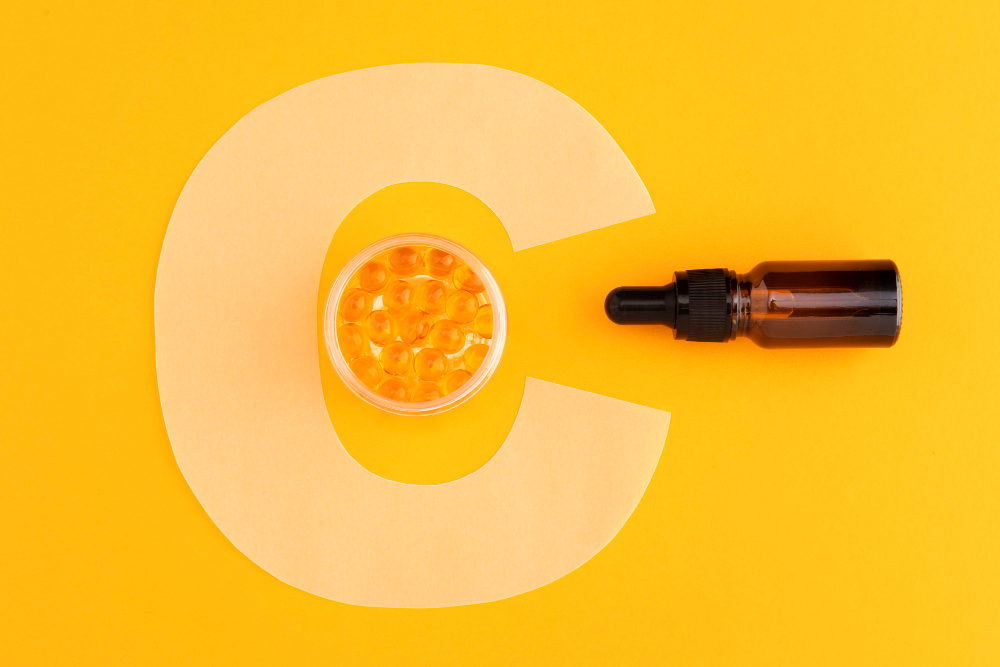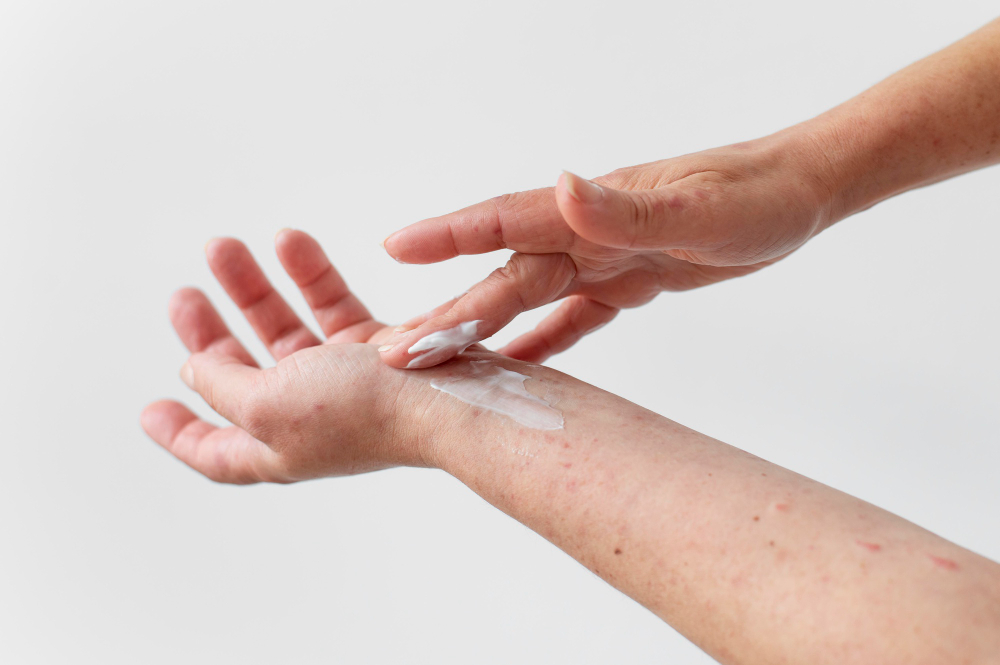Experiencing a broken blood vessel in the eye, also known as a subconjunctival hemorrhage, can be alarming and unsightly. While typically not a serious medical concern, a broken blood vessel can cause the white part of the eye to appear red or bloodshot, leading to discomfort and concern. Fortunately, in most cases, a broken blood vessel in the eye will heal on its own without medical intervention. However, there are steps you can take to promote faster healing and alleviate symptoms. In this article, we’ll explore effective strategies for healing a broken blood vessel in the eye quickly and safely.
Know What to Expect
Before seeking treatment for a broken blood vessel in the eye, it’s essential to understand what caused it in the first place. Subconjunctival hemorrhages can occur due to various factors, including sudden increases in pressure within the blood vessels (such as from coughing, sneezing, or straining), trauma to the eye, eye rubbing, or underlying medical conditions such as hypertension or blood clotting disorders. Identifying the underlying cause can help prevent future occurrences and guide treatment strategies.
Reduce Swelling and Discomfort
One of the most effective ways to promote healing and alleviate discomfort associated with a broken blood vessel in the eye is to apply cold compresses. Cold compresses help constrict blood vessels, reduce swelling, and soothe irritation in the affected area. To make a cold compress, wrap a few ice cubes in a clean cloth or use a gel-filled eye mask and apply it gently to the closed eyelid for 10-15 minutes at a time, several times a day. Be sure to avoid applying ice directly to the eye, as this can cause further irritation or injury.
Give Your Eyes a Break
To facilitate faster healing of a broken blood vessel in the eye, it’s important to avoid activities that can increase pressure on the blood vessels or strain the eyes. This includes avoiding activities that require heavy lifting, bending over, or straining, as well as minimizing screen time and taking frequent breaks when working on a computer or reading. Resting your eyes and allowing them to relax can help reduce inflammation and promote healing of the broken blood vessel.
Prevent Infection
While a broken blood vessel in the eye typically does not pose a risk of infection, it’s essential to maintain good eye hygiene to prevent complications and promote healing. Avoid touching or rubbing your eyes, as this can aggravate the condition and increase the risk of infection. If necessary, gently clean the area around the eye with a mild, non-irritating cleanser to remove any debris or discharge. Be sure to use clean hands and avoid sharing towels or other personal items to prevent the spread of bacteria.
Relieve Dryness and Irritation
In some cases, a broken blood vessel in the eye may be accompanied by dryness, irritation, or discomfort. Lubricating eye drops or artificial tears can help alleviate these symptoms and promote healing by providing moisture and hydration to the surface of the eye. Choose preservative-free eye drops specifically formulated for dry or irritated eyes and use them as directed to keep the eye lubricated and comfortable throughout the healing process.
Support Healing from Within
Maintaining a healthy lifestyle can also support the healing process of a broken blood vessel in the eye. Eating a balanced diet rich in vitamins and nutrients, staying hydrated, getting plenty of rest, and managing stress can all contribute to overall eye health and well-being. Avoid smoking and limit alcohol consumption, as these habits can impair circulation and delay healing. Additionally, if you have underlying medical conditions such as hypertension or diabetes, be sure to manage them effectively to prevent complications and support healing.
Patience and Care for Swift Recovery
In conclusion, while a broken blood vessel in the eye can be alarming, it is usually a minor and self-limiting condition that will heal on its own with time. By understanding the underlying cause, applying cold compresses, avoiding eye strain, maintaining good eye hygiene, using lubricating eye drops, and maintaining healthy habits, you can promote faster healing and alleviate discomfort associated with a broken blood vessel in the eye. Remember to be patient and give your eyes the time and care they need to recover fully. If you experience persistent or worsening symptoms, or if you have any concerns about your eye health, consult with an eye care professional for further evaluation and guidance.




